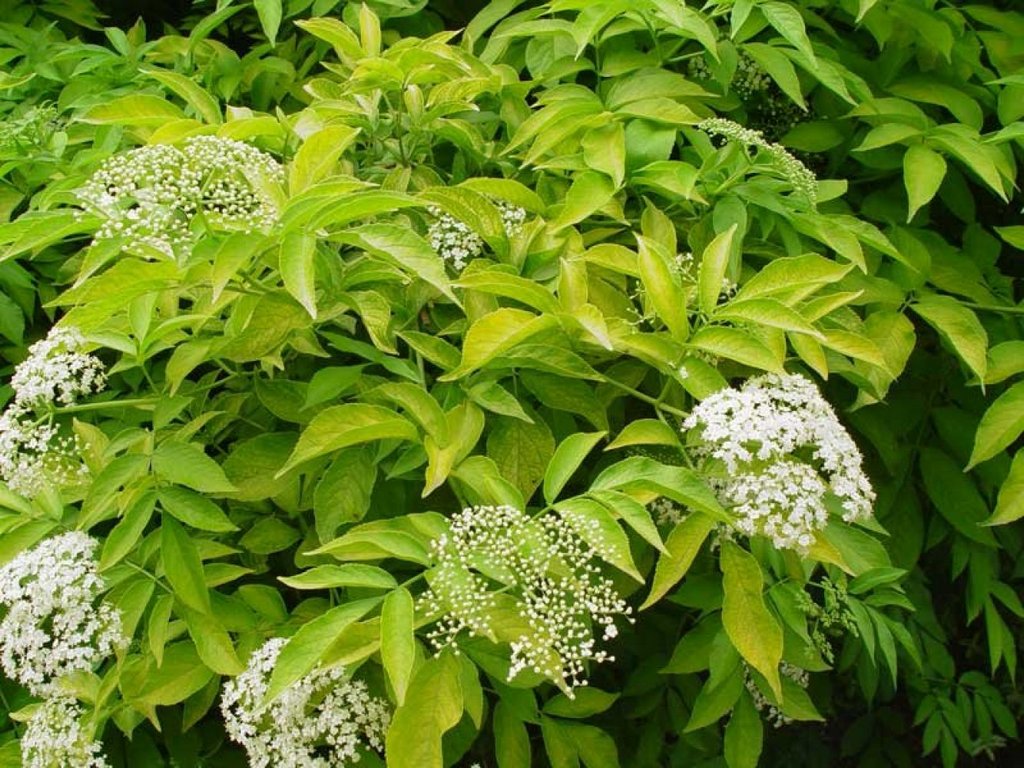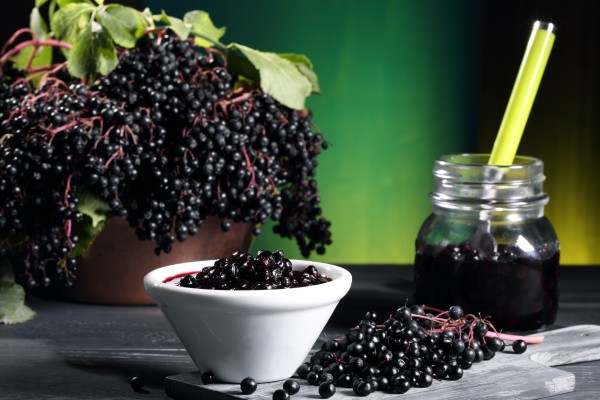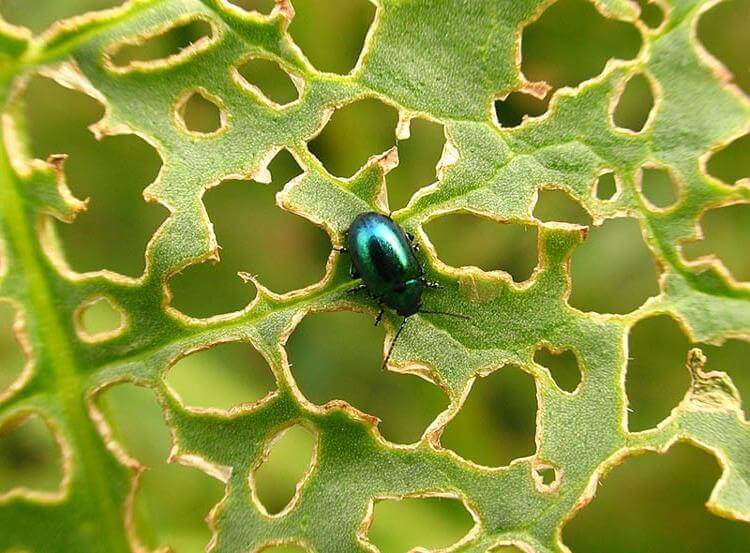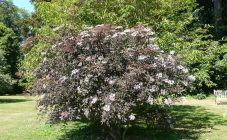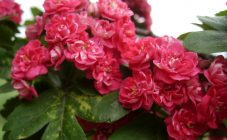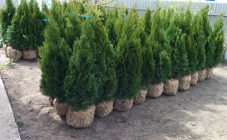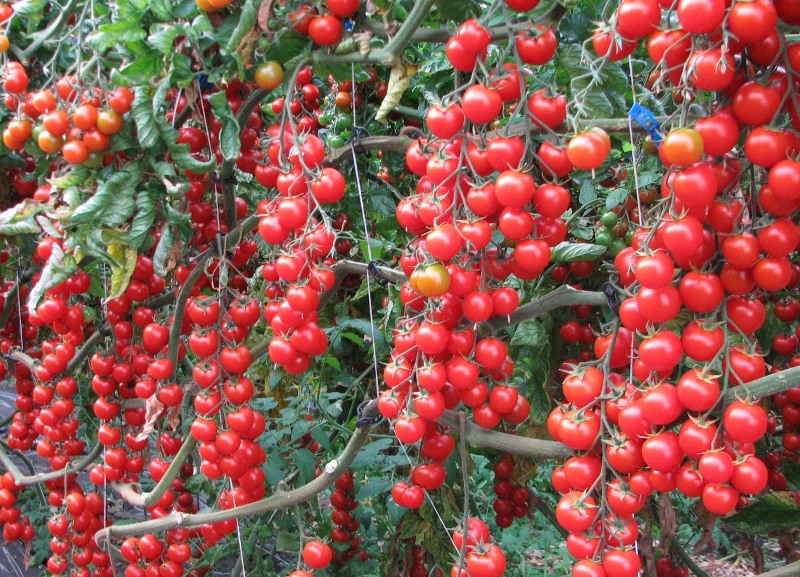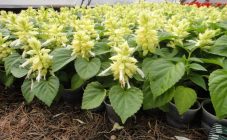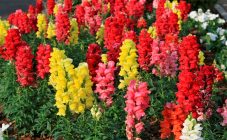Content:
Elderberry is a plant that is widespread in Europe, including the Mediterranean and eastern parts of Asia, as well as North America. In Russia, in the wild, the red elderberry grows almost throughout the entire territory, whether it be the Moscow region or the Krasnodar Territory, although in Siberia it is being replaced by another species - Siberian elder. It is also grown in culture, and mainly for decorative purposes. It is popular in landscape design - it is planted in both public parks and private gardens.
Description of culture
Red elderberry is a highly branched shrub, which most often grows up to 1.5-3.5 m in height, less often there are specimens "growing" up to 5 meters. The bark of this shrub has a grayish-brown hue. In young plants, it is smooth, but in old plants it begins to peel off. On the stems, lighter tubercles, called lenticels, are noticeable. This is not a disease, but natural formations consisting of loose tissue that allows air to pass through. Thus, in the dense corky cover, vents appear through which the shrub can breathe.
The buds of red elderberry are large, of which elongated-lanceolate or ovoid leaves develop, the length of which can be 5-10 cm. Young leaves often have a rich red or even purple color, which is due to the fact that they contain the pigment anthocyanin (by the way, it also has antioxidant properties). In this case, it is important that this pigment can convert light energy into thermal energy, and this is important for the development of a plant after winter, when the sun does not warm enough. It should also be noted that the leaves of the red elderberry have a characteristic unpleasant odor.
The plant blooms beautifully. Each flower has a diameter of several millimeters. But the flowers are collected in dense inflorescences, most often conical in shape, which reach 20 cm in diameter. Unlike the black elderberry with sedentary flowers, here they grow on stalks. Their petals are usually white or greenish-yellow. Red elderberry blooms in May-June, and leaves bloom at the same time. The process takes about two weeks.
The elderberry fruit is a bright scarlet drupe. Red elderberries ripen in July-August and are small in size, up to 5 mm. They will differ from the fruits of the black elderberry not only in color. Such berries have an unpleasant odor, they can not be eaten either raw or heat-treated. Firstly, because they contain a toxic glycoside, and secondly, because of their unpleasant taste. However, only a person does not like him. Birds willingly eat these berries - so the seeds of the bush spread further.
Individual characteristics of the plant
Red elderberry can look very festive. In spring - thanks to large greenish inflorescences.In summer and early autumn, thanks to the bright red berries among the green foliage and on the grass. There are also varieties with decorative leaves that look beautiful between flowering and fruiting. That is why they are so popular in landscape design.
Elderberry red Plumosa Aureya looks very beautiful. It is distinguished by carved golden foliage and ruby-colored fruits. It grows quickly, requires light partial shade for abundant flowering and fruiting. If the sun is too little, the leaves will turn green. This variety looks good in both single and group plantings.
Another beautiful variety is Sutherland Gold. He also has a golden crown, but he loves not only partial shade, but also sunny areas. Especially beautiful in the form of a tapeworm or in contrasting color groups.
Agrotechnology for red elderberry as a whole practically does not differ from the rules of planting and care for other plants of this species. This is a thermophilic plant, although many varieties are winter hardy. They are undemanding to soil and can grow on clay soil.
Culture properties
Red elderberry is a beautiful but poisonous plant. Its inflorescences have an unpleasant odor, and the fruits should never be eaten. If the berries of the black variety are a product that is not too edible only in their raw form, then these fruits are poisonous in any case. Official medicine does not even recognize the healing properties of the red elderberry. Moreover, the chemical composition of its fruits is poorly studied. It is only known that these berries contain sambunigrin glycoside, which imparts toxicity to other fruits of this species, since it serves as the basis for the production of hydrocyanic acid. However, the red elderberry is still used in folk medicine, although only flowers, leaves, bark and roots of the plant are used for medicinal purposes. At the same time, funds based on them are used with caution, observing the dosage prescribed by a naturopath or phytotherapist.
In these parts of the plant, there are also useful substances with scientifically proven medicinal properties. These are vitamin C, rutin, organic acids, phytoncides and tannins. Therefore, the use of red elderberry goes beyond landscape design. From the leaves, bark and flowers of the plant, infusions and decoctions are made, they are used to treat joints, pain caused by displacement of the vertebrae, bronchitis, rheumatism, tonsillitis, heel spurs.
Flower broth and leaf infusions can be used as a diaphoretic for ARVI. They relieve migraines, are used in the treatment of bronchial asthma. In the treatment of bronchitis, an infusion of the bark is used. It is easy to prepare it - 1 tablespoon of plant materials is poured with a glass of boiling water and infused for two hours, and then the product is filtered and taken 70 ml three times a day.
Elderberry-based products have contraindications. Firstly, this is the presence of allergic reactions, secondly, pregnancy and lactation, and thirdly, diseases of the digestive tract and hepatobiliary system.
Not only medicine can be made from elderberry red. Coils and bobbins for needlework are traditionally made from its branches with a loose core.And in gardens, this plant is also planted as an insecticidal agent, effective against various pests. Now it is recommended to place several bushes closer to the toilet or cesspool - then there will be no flies. In the old days, it was planted near barns, since it was believed that elderberry scares away mice (although the description of its chemical composition does not make it possible to confirm this fact).
There may be other uses for seeds, fruits and other parts of the plant. For example, in some European countries oil is produced from seeds, which is used for technical purposes. Theoretically, you can get alcohol from the fruits, and a natural green dye from the leaves.
Everything that is made from red elderberry is safe for human health. This plant is only dangerous if consumed internally. In this case, poisoning is possible.
Diseases and pests
Just like the black elderberry, the red variety is resistant to diseases, there are no specific pathologies for it. As for pests, it is only possible to infest aphids, which can choose the top of the plant. This phenomenon can be prevented. To do this, in the spring, the bushes are treated with karbofos or some herbal remedies (for example, garlic or tar solution).
How does a red elderberry differ from a black elderberry?
To begin with, it should be noted that from a biological point of view, the red elderberry is a separate species. But in practice, the difference between species lies in the answer to the question whether the red elderberry is poisonous or not. Black elderberry is safe for humans, its fruits are widely used in the food industry, they make drinks, jam, jam, they are added to grape must. It is dangerous to eat the fruits of red elderberry raw, and after heat treatment the glycoside is partially destroyed, but they still do not differ in their pleasant taste. Kissel from them is used as a laxative, which in itself speaks of their effect on humans.
Thus, the different chemical composition of fruits, bark and leaves caused the difference in the use of these two plant species.
